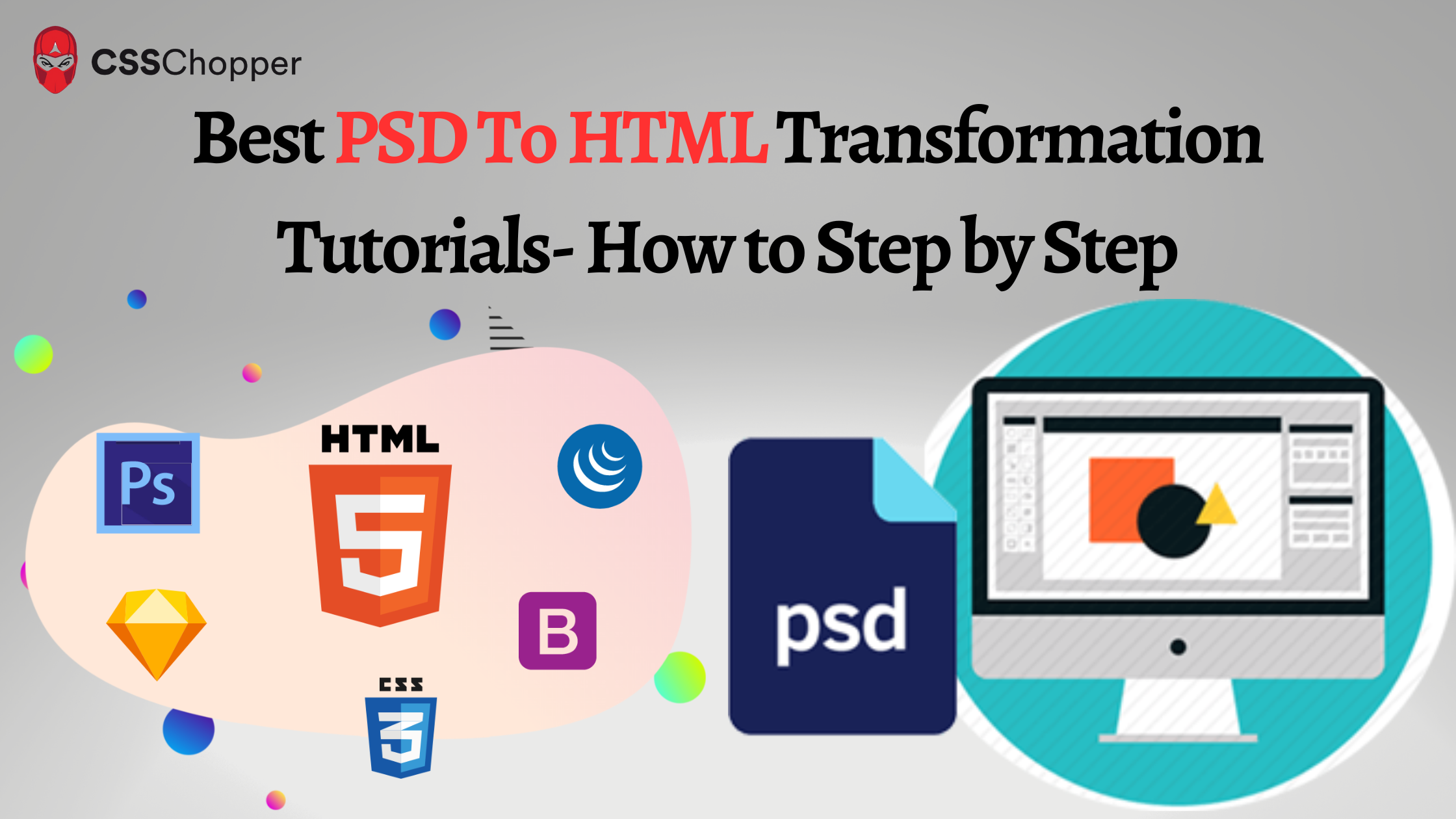A well designed and visually appealing website plays very crucial role in building strong corporate identity of a company. For high traffic rate, a web portal should be highly accessible and fully functional so that it can provide an user-friendly experience to targeted online visitors. However, there are some common set of problems which every web portal might incorporates:
1. Bandwidth related issues
2. Online portal consuming extra time for small changes.
3. Graphic distraction
4. Irritating colour combination
5. Change in overall appearance of site on different browsers (no cross browser compatibility)
In nutshell, any website might come with above discussed problems and therefore, it is advisable to create “Web Standard compliant website“ in order to avoid such possibilities. Now-a-days, web standards validation is the major issue of concerns in a web portal. Therefore, majority of people used to validate their websites in W3C.
What are web standards?
The web standards are the universally accepted formal standards founded in 1998 and established by W3C and other standard bodies aimed to improving the overall accessibility and usability of web pages. W3C standards validation holds very significant importance for a good quality web portal strive to improve site functionality, reduction development time, high search engine rankings and lots more.
A good online portal should always be subject to below mentioned W3C web standards for successful running of a site. So, it is advisable that every person should follow these web standards based approach in order to create fully featured website:
Separation of XHTML and CSS: The HTML/XHTML are mainly used for structuring of a web page and content. On the other hand, Cascading Style Sheet (CSS) coding is used for presentation basically style and layouts. It is necessary to separate content and presentation in order to improve overall accessibility and cross browser compatibility of the web pages on all major web browsers and Operating System. Another advantage of separating HTML/XHTML codes (content) and CSS codes (presentation) is that it can reduce weight of web page up to great extent which ultimately turn out into low cost of bandwidth.
Semantic and structured code: The fully semantic and structured HTML/XHTML/CSS codes plays very significant role in a good website. Therefore, it is advisable to make all the styles defined in a single CSS based file in order to low down the website maintenance cost.
Web Graphics – As per the web standards, the image formats like PNG raster, SVG vector and Canvas API formats should be used only for graphics of website.
Cross browser compatibility: It is quite important that your web pages run properly on different major internet browser like IE6, IE7, Safari, firefox (Windows and Mac), Opera. So, you should always test your web pages for cross browser compatibility and other operating systems.
Improved page ranking: You should always stick to highly SEO optimized content rich codes for improved page ranking on popular search engines. Seo semantic HTML/XHTML/CSS codes plays very vital role in improving readability of web pages.
Complete Accessibility: For complete accessibility of website, one should refer the useful Web Content Accessibility Guidelines created by Web Accessibility Initiative (WAI).
One should simply consider all the above discussed useful web standards based approach to develop a “Web Standard compliant website”.
you can visit https://www.csschopper.com/ to get more related article and blog stuffs.
Posted By: CSSChopper Team
Tags
Categories
Recent Posts
Popular Posts
- How to Choose a Reliable Offshore Development Partner?
- Transforming Web Development with HTMX’s Declarative Approach for Dynamic UIs
- Why Your Conversion Funnel Needs a Composable Commerce Solution?
- How to Outsource Web Development in 2025: Complete Guide
- What are the Top Web Development Trends for 2025?



